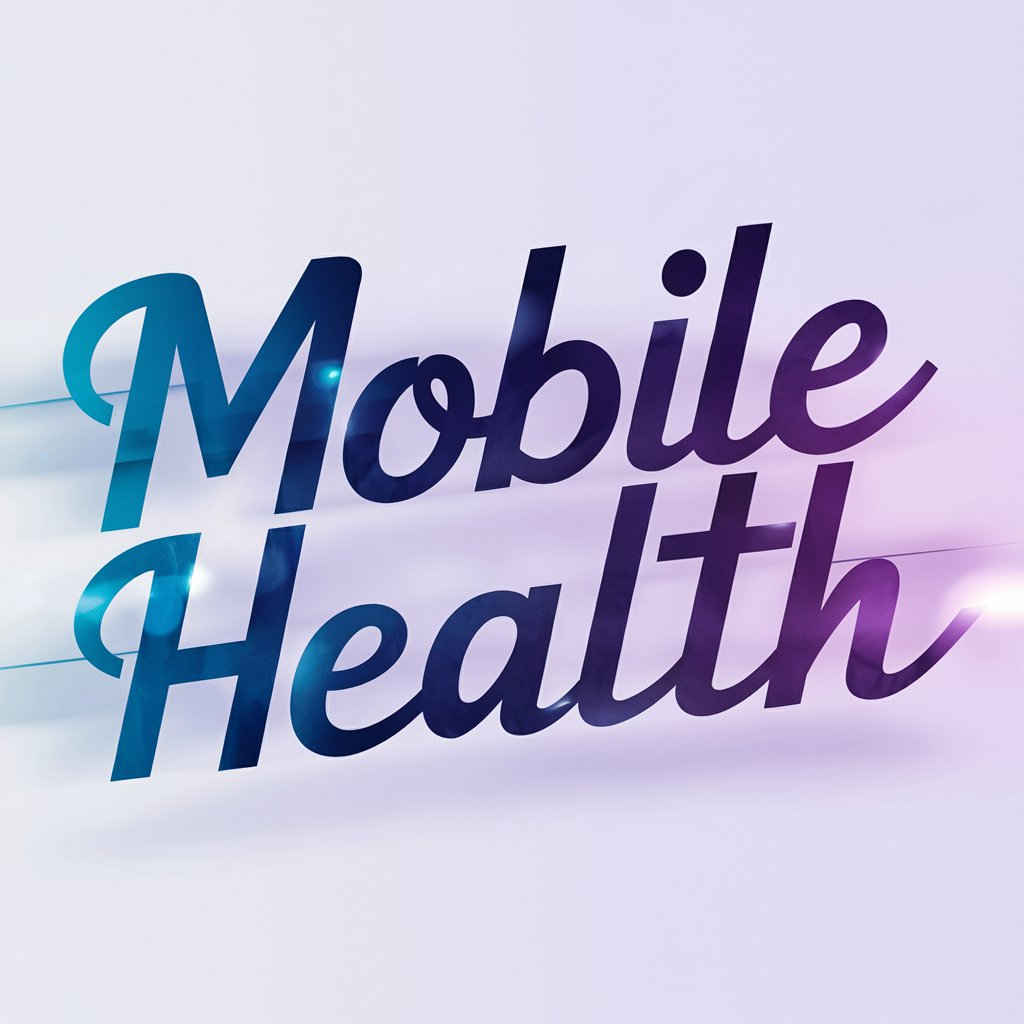In March 2020, as New York City’s lockdown emptied offices, security guard Marco Torres found himself patrolling a Midtown bank tower with a new checklist: PPE stockpiles, ventilation intakes, and a panic button for “mask rage” incidents. By July, he was guarding a pop-up COVID testing site in the same lobby, where frayed tempers and faulty wiring turned a public health hub into a tinderbox. “One minute I’m checking badges, the next I’m stopping a nurse from overloading outlets with space heaters,” he recalls. Marco’s story mirrors a global shift: COVID-19 didn’t just disrupt workplaces—it exploded the rulebook on corporate security, thrusting guards and fire watch teams into roles no one had trained for.
The New Germ Warfare: Security Threats Born from a Pandemic
1. The Rise of “Ghost Workspaces”
Empty offices became magnets for:
- Copper thieves stripping HVAC systems (up 300% in 2021 per FBI data)
- Hackers exploiting dormant security systems (like the 2022 breach of a vacant London law firm)
- Squatters in boardrooms, as seen in San Francisco’s half-empty tech hubs
2. Vaccine Mandate Flashpoints
Guards transitioned from checking IDs to enforcing health policies. A 2021 UCLA Hospital clash saw guards mediate between anti-vax protesters and immunocompromised patients—a role more diplomat than enforcer.
3. The Supply Chain Siege
Desperate companies stockpiled masks and ventilators in makeshift storage, often violating fire codes. A Memphis warehouse storing 5 million masks nearly burned in 2021 due to overloaded circuits—a crisis averted by 24/7 fire watch patrols.
Security Companies’ Pandemic Pivot: From Guards to Guardians
1. The Wellness Check Paradox
Guards added “health sentry” duties:
- Temperature screenings (with 85% accuracy via handheld cams)
- Enforcing social distancing in lobbies
- Monitoring occupancy sensors to avoid overcrowding
At Apple’s HQ, guards used AI dashboards tracking real-time density, sealing floors that exceeded 10% capacity.
2. Hybrid Training: EMT Skills Meet Crowd Control
Post-COVID guards now learn:
- CPR with mask protocols
- De-escalation tactics for “mask wars”
- Basic contact tracing (e.g., logging elevator users)
A Denver guard’s quick use of Narcan during an overdose in a locked-down office became a case study in cross-trained response.
3. The Rise of “Zoom Proofing”
With sensitive meetings online, guards now:
- Sweep rooms for hidden cameras before executive calls
- Install white-noise generators to counter eavesdropping
- Patrol home offices of C-suite staff (yes, house calls for CEOs)
Fire Watch’s Pandemic Renaissance: More Than Smoke Spotters
1. Guarding the COVID Construction Boom
Pop-up hospitals, testing sites, and vaccine labs rushed to meet code:
- Temp Wiring Traps: Overloaded circuits in a Houston field hospital sparked 12 near-misses in 2020. Fire watch teams ran hourly thermal scans.
- Flammable O2 Storage: Montreal fire watchers redesigned oxygen tank layouts after a static spark incident.
- Heating Hazards: Makeshift tents used propane heaters near drapes—a 2021 Dallas fire watch team extinguished three such blazes pre-emptively.
2. The Ventilation-Vigilante Role
To curb airborne COVID, companies cranked up HVAC—often bypassing safety checks. Fire watch units in Chicago high-rises found lint-clogged ducts running 24/7, a common ignition source.
3. Vaccine Freezer Patrols
Pfizer’s -70°C storage demands birthed a niche: fire watches for ultra-cold units. In Michigan, guards saved 10,000 doses by catching a freezer’s failing compressor via irregular hum patterns.
Tech’s COVID Crash Course: Security’s Digital Band-Aids
1. Contactless Everything
- Touchless Screens: Palm scanners replaced fingerprint readers (cutting germ spread and spoofing risks).
- AI Crowd Control: Cameras flagged maskless workers at Amazon warehouses, directing guards via earpiece.
- Drone Disinfectors: Used in South Korean offices to spray sanitizer, monitored by guards for chemical mishaps.
2. The VPN Patrol
With remote work, security firms like Allied Universal began offering home network audits. Guards-turned-techs found:
- Baby monitors hacked to spy on CFOs
- Smart TVs doubling as conference call eavesdroppers
- A NYC banker’s Alexa leaking merger talks to a shared apartment wall
3. Vaccine Passport Pandemonium
Guards became bouncers for digital health certs. At a 2021 Las Vegas conference, fake QR codes flooded in—until guards cross-checked them with state databases, a tactic now standard.
Ethical Quicksand: Security’s New Moral Maze
1. Privacy vs. Public Health
Thermal cameras sparked lawsuits in California after mapping employees’ after-hours fevers to affair-linked stress. Firms now blur non-work hours data.
2. The “Wellness Police” Backlash
Overzealous guards faced blowback. A Miami hospital guard was fired for denying entry to a coughing cancer patient—later found to be non-COVID. Training now emphasizes empathy over enforcement.
3. Burnout as a Security Risk
Guards working double shifts during outbreaks made deadly errors. A 2022 OSHA report linked fatigue to a 50% spike in missed fire hazards during COVID peaks.
Future-Proofing: 5 Post-Pandemic Security Mandates
1. The “Pandemic Mode” Toggle
Buildings now design dual security systems: pre-COVID norms and emergency protocols (e.g., instant partitions, UV-C airlocks).
2. Fire Watch Fusion Teams
Cross-trained units handle health and hazard risks. Post-COVID drills simulate vaccine riots with fire evacuations.
3. Health-Embedded Patrols
Guards carry overdose kits, rapid tests, and trauma supplies—shifting from “observe and report” to “triage and treat.”
4. Remote Work’s Security Tax
Companies now require:
- Guard-approved home safes for devices
- Monthly fire inspections of remote workspaces
- VPNs with guard-monitored breach alerts
5. The Human Firewall Upgrade
Post-COVID guards train in:
- Mental health first aid
- Pandemic-specific threat profiling (e.g., spotting hoarded oxygen tanks)
- Cyber-physical crossover risks (like hacked smart thermostats)
The Bottom Line
COVID-19 didn’t just reshape corporate security—it revealed its invisible threads. Security guards became medics, fire watchers turned into ventilation geeks, and offices redefined “secure” to mean “safe from germs and guns.” As Marco Torres puts it while patrolling his now-bustling tower: “We’re not just keeping people out anymore. We’re keeping them alive.” The pandemic proved that threats evolve faster than handbooks—but that human adaptability, armed with the right tools, can guard more than just doors. It can guard futures.





